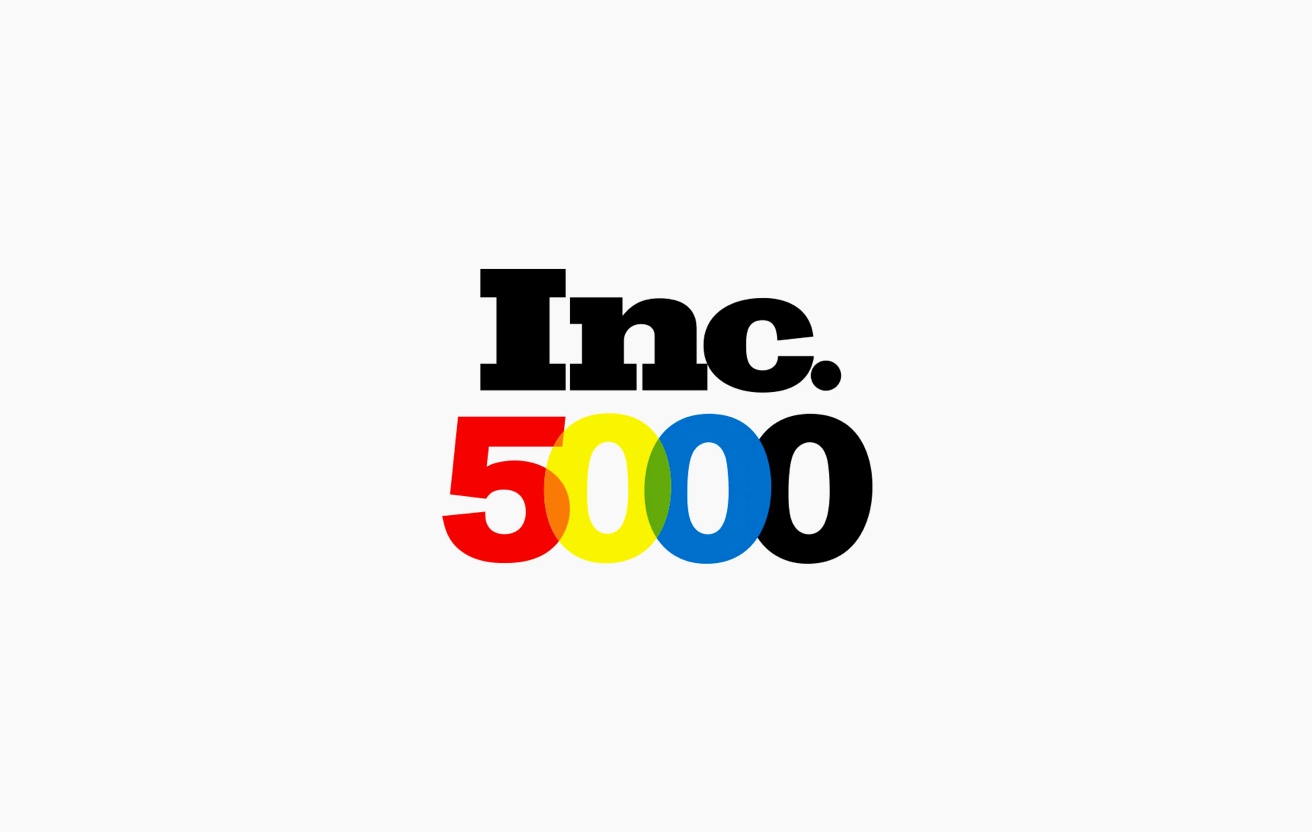My husband and I started the transition of moving houses after our baby was born and finalized just in time to celebrate her first birthday. So it took one year to complete the transition - someone made the joke - “it was almost like a one year ERP implementation” - I laughed but the parallel is real.
Whether it’s families adjusting to a new life chapter or companies migrating to a new system, transitions are messy, uncomfortable, and full of unexpected events and invisible weight. And just like finding a stable home matters for a family, building psychological safety matters for organizations.
After 10 years of working as a consultant, I don’t consider myself just a functional consultant; but also a translator, a teacher, someone the client can rely on. The code and configuration matter, yes. But the trust you build with people - that’s the difference between a system that lives and one that dies.
Here are some key things I think every implementation should consider:
Speaking the Client’s Language
When I join a team to work on a new ERP implementation, the first step for me isn’t diving into NetSuite configurations. It’s listening - long enough to learn how the client actually works.
We need to be able to sit in their shoes and say, “Yes, we could run your business with this system.” That means learning their processes down to the details so afterwards we can teach them how to do the day-to-day operations on a new system.
We need to begin to speak their own language.
Sometimes it feels like being an apprentice in a dozen different trades at once. But I believe this is key to avoiding the trap of empty nods - when a client says “yes” to your design but secretly thinks “this isn’t how we really do it” - they need to be confident enough to say what they think and feel.
Every business is unique - Communication is key
All businesses are different, there are some that just fit to the “out of the box” ERP, and there are others that their business process is so unique that there is not a box big enough to hold all.
My engineering background means I actually enjoy this complexity. I’ve trained myself to spot problems and think of solutions. Nevertheless, I believe that no matter how complex the operations are, the essence of any business lies in the details, and to get to know the details we need to talk - so you can be the best designer, engineer or solution architect, but without good communication there is no good solution.
The Weight of Change
Of course, designing a system is one part. The other part is convincing humans to use it.
Change management is never neat. Imagine 400 people running in one direction and suddenly being told to turn around. That’s what it feels like to ask employees to abandon a familiar process.
Resistance shows up in subtle ways - missed training sessions, passive “yes” answers, or outright complaints. Tenure plays a role too; many times longer-term employees are often less flexible, understandably reluctant to throw out decades of habit.
I’ll admit: change management is the part I struggle with most. I can work on a team to build complex solutions, but I can’t drag people into them. That’s why having a muti-disiplinary team and aligning with the client’s project sponsor is essential. There is a need to carry the message internally: “This change is worth it.” My role is to build trust and patience so employees feel safe trying something new.
Patience, above all, is non-negotiable. Sometimes things need to be explained in different ways. You have to stay calm when people are frustrated. You have to remind yourself that the fear isn’t about the system - it’s about the unknown and everybody has their own timing to understand and get there.
Building for the Long Term
Every decision in an ERP project should be made with longevity in mind. Quick fixes lead to re-implementations, and no company wants to start over after just two years.
“We need to build a solution for them to use for the next… 20 years.”
That means asking tough questions: What happens if the company doubles in size? If they expand into new countries? If regulations change? Designing for growth isn’t about predicting the future - it’s about leaving room for it.
Final Thoughts
From the mess of transition to the relief of stability, the path is never easy. But it’s always worth it - because stability is what gives people the ability to move forward.
I’ve always loved teaching, but teaching requires patience, empathy, and humility. You can’t rush someone into understanding. You can’t shame them for forgetting. You meet them where they are.
As I finish this I’m more convinced that what is key during an implementation - and during life changes - listen deeply, speak plainly, and give people room to adapt.
If you’re wrestling with the people-side of technology change, I’d love to compare notes. How have you built trust into your own implementations?
Get Started Now
The easiest way to get started is to contact Techfino today. If you’d like a little more information first, you can download our ContinuedSuccess Whitepaper. Either way, we hope you’ve found this guide helpful and hope that we can further assist you on your path to leveling up your NetSuite Support.



